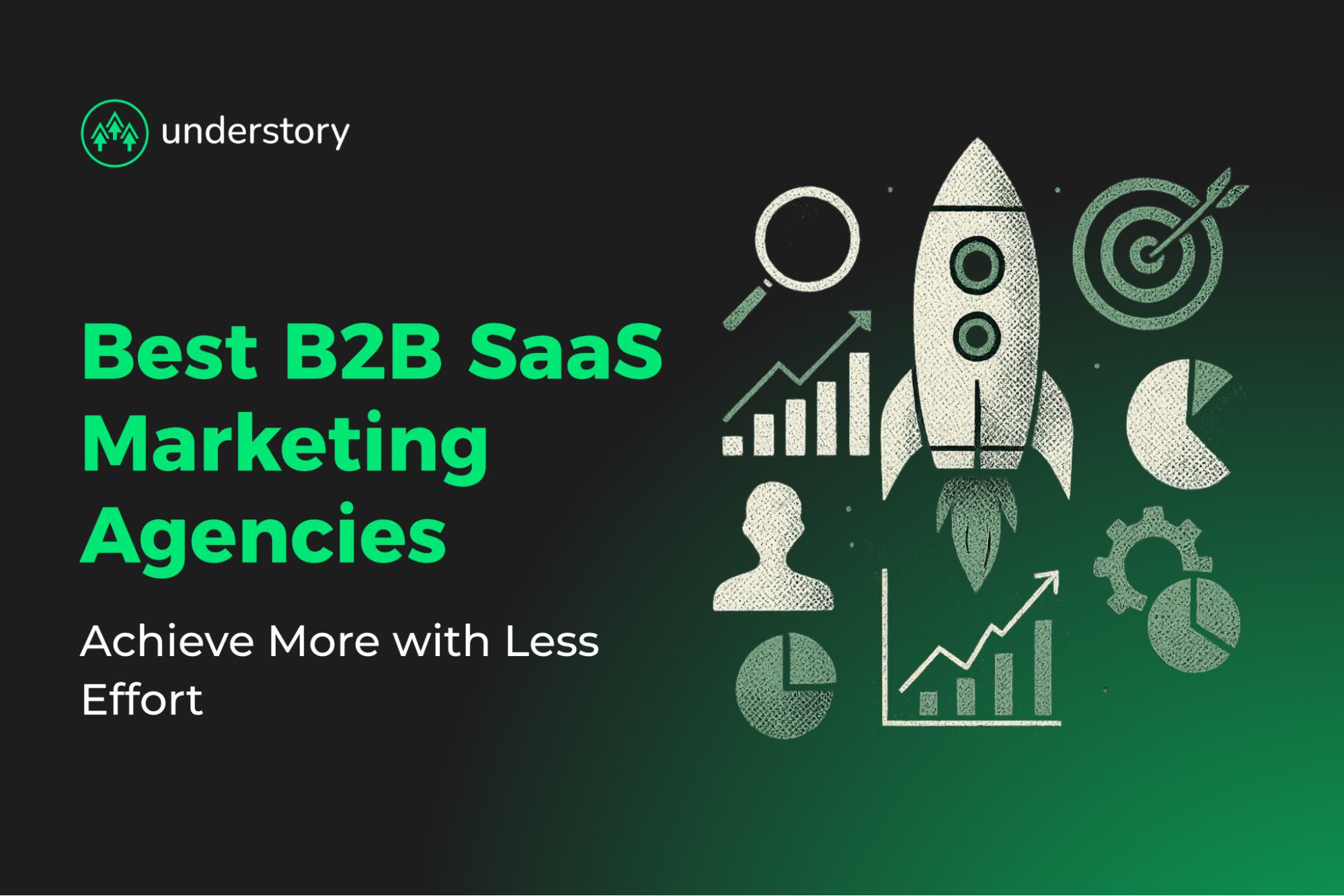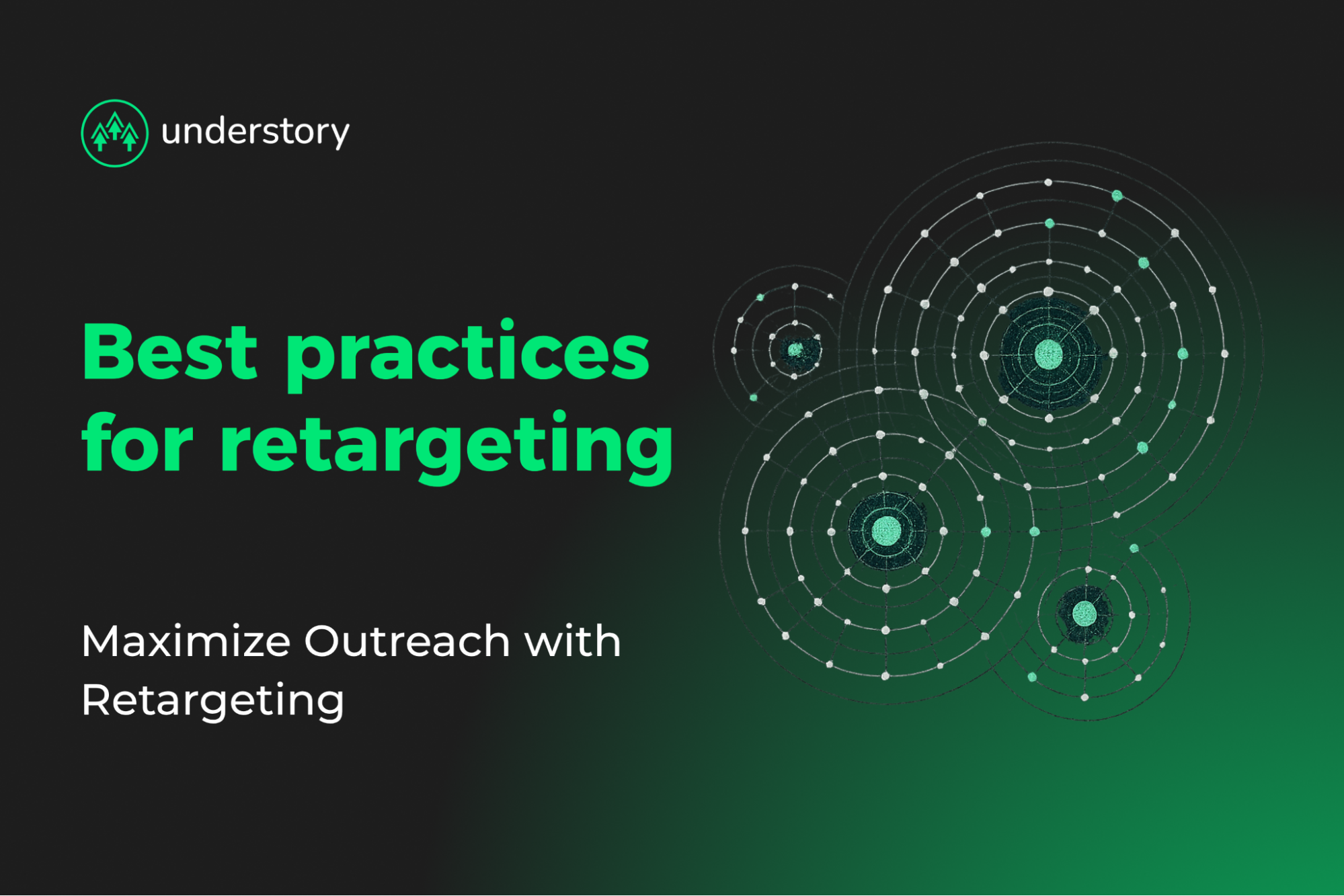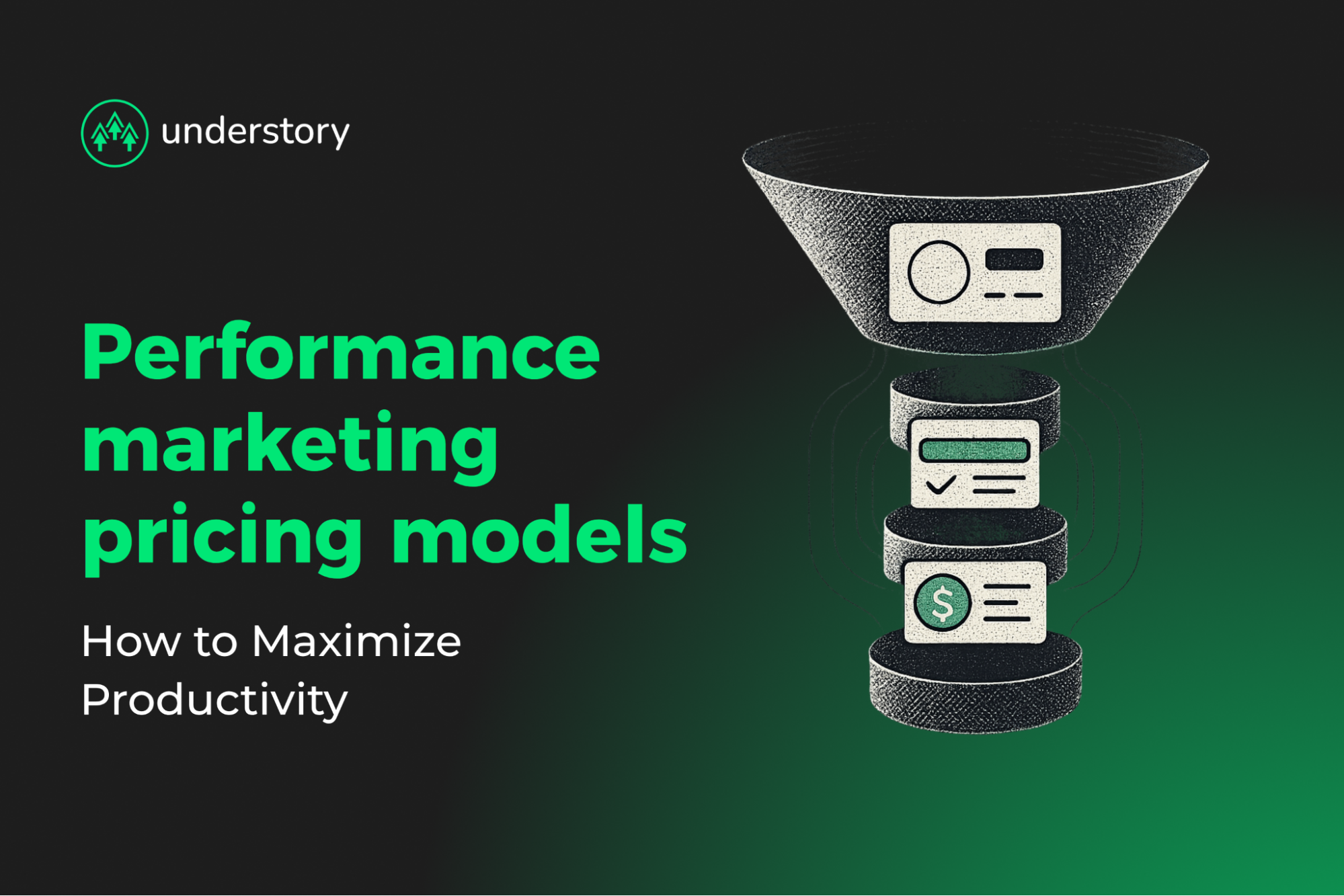

How to build an effective multichannel marketing plan
Effectively coordinate all your marketing messaging.
SaaS growth leaders waste strategic time coordinating between paid media specialists, outbound teams, and creative freelancers while prospects receive disconnected experiences. The solution isn't more specialists: it's coordinated expertise across paid media, outbound, and creative that works together.
This guide shows you how to build campaigns that work as one system instead of separate efforts. You'll learn how to eliminate vendor coordination overhead while improving results and generating a more qualified pipeline.
What is a multichannel marketing plan?
A multichannel marketing plan coordinates paid media, outbound, and creative across multiple touchpoints rather than running campaigns in silos. For B2B SaaS companies, this means LinkedIn ads trigger personalized outbound sequences, outbound engagement informs retargeting strategies, and all channels contribute to unified pipeline attribution.
Most SaaS teams run channels separately. Paid media specialists optimize for clicks, outbound teams chase volume, and creative freelancers work from outdated briefs. Prospects see inconsistent messaging that reflects internal coordination problems rather than professional SaaS positioning.
Coordinated multichannel campaigns work differently. A prospect clicks a LinkedIn ad about technical product capabilities, receives a personalized email referencing that specific feature two days later, and sees retargeting creative reinforcing the same value proposition. Each touchpoint builds on previous interactions because systems and messaging are integrated from the start.
Effective multichannel plans share three core elements:
- Clear pipeline objectives that connect marketing spend directly to revenue targets
- Measurable attribution showing which channels contribute to closed deals
- Integrated reporting so growth teams can optimize campaigns quickly
This coordination eliminates duplication while maintaining consistent professional positioning across all prospect touchpoints.
Step 1: Define objectives, ICP and journey maps
SaaS growth requires pipeline-focused objectives before channel selection or creative development. Growth leaders often chase vanity metrics while coordination overhead consumes strategic planning time.
Start with specific pipeline targets: monthly pipeline dollars needed, maximum customer acquisition cost, and minimum LTV:CAC ratios that satisfy board expectations. These numbers determine which channels and campaigns justify investment.
Build your Ideal Customer Profile (ICP) using closed-won deal data from your CRM. Filter for accounts with annual contract values over your desired minimum, product-market fit indicators, and available marketing collateral like case studies or free trials. Layer in qualitative insights from conversations with power users about their evaluation process, internal politics, and deal breakers.
Create a one-page ICP document:
- Role and decision authority
- Technical pain points requiring your solution
- Success metrics they're measured on
- Preferred channels for business research
- Common objections during evaluation
Map the full buyer journey from initial awareness through customer advocacy. For each stage, document the core question prospects need answered, the channel they prefer for that research, the content offer that advances them, and the KPI measuring stage progression.
Here is an example SaaS buyer journey map:
- Awareness: What solutions exist for this problem? Use LinkedIn Ads with educational guides, measured by click-through rate.
- Consideration: How do different approaches compare? Use outbound email with comparison frameworks, measured by reply rate.
- Evaluation: Will this integrate with our stack? Use personalized outbound with technical demos, measured by Sales Accepted Lead rate.
- Decision: What results have similar companies seen? Use sales conversations with case studies and references, measured by close rate.
- Onboarding: How quickly can we see value? Use email sequences with implementation checklists, measured by time to first value.
- Expansion: What additional capabilities fit our roadmap? Use account management with quarterly business reviews, measured by expansion revenue.
Complete this mapping for your specific SaaS solution. Coordination gaps become obvious when documented this way: most SaaS teams discover they're optimizing channels that don't match how sophisticated buyers actually evaluate solutions.
Avoid common mistakes: optimizing for channel metrics instead of pipeline contribution, creating generic personas instead of specific SaaS buyer profiles, and ignoring post-sale touchpoints that drive expansion revenue.
Step 2: Select and prioritize channels for SaaS buyers
Most SaaS growth teams spread budgets across too many channels and struggle to identify what actually drives qualified pipeline. Sophisticated buyers evaluate solutions differently than typical B2B buyers, requiring channel selection based on where technical decision-makers research and how they prefer vendor engagement.
Focus beats distribution for scaling SaaS companies. LinkedIn targets decision-makers with intent-rich professional targeting, outbound email converts interested prospects into sales conversations, and strategic retargeting keeps your positioning visible during lengthy evaluation cycles.
Evaluate channels using a decision matrix weighted for your SaaS ICP:
- Audience match: Does the channel reach technical decision-makers at target companies?
- Intent signals: Can you identify and act on buyer research behavior?
- Integration capability: Does the channel provide data for coordinated retargeting?
- Professional context: Does the environment support sophisticated technical positioning?
Test using the 2+1 channel model: two core channels capturing most budget and pipeline, plus one experimental channel exploring future opportunities. For example, start with LinkedIn Ads for high-ACV lead generation and outbound email for personalized sequences following paid engagement, then add strategic content partnerships as your experimental channel. Run the pilot for one complete sales cycle, measure pipeline contribution by channel, then promote successful experiments or reallocate budget to proven performers.
SaaS-specific channel considerations matter. Sales and marketing technology companies succeed with LinkedIn because their audiences actively research tools there. Cybersecurity companies see strong paid media performance but struggle with outbound because security professionals are skeptical of unsolicited emails. Developer tool companies need technical content distribution beyond traditional paid channels.
Common mistakes include selecting channels because competitors use them or spreading budgets too thin. Define your SaaS ICP and buyer journey before committing to any channel strategy.
Step 3: Craft cohesive, channel-specific messaging
Inconsistent messaging across channels confuses sophisticated SaaS buyers and reflects poorly on technical product positioning. [TKTK] Growth leaders coordinate separate specialists who each develop their own messaging, creating disconnected prospect experiences.
The unified narrative framework
Start with your core SaaS positioning in 50 words or less: the specific technical pain your ICP experiences, your solution approach, and the measurable business outcome. This becomes the foundation for all channel-specific messaging.
Adapt this core story for each channel's format and buyer intent without changing the fundamental positioning. LinkedIn ads need professional, results-focused copy. Outbound emails require personalized relevance to the prospect's specific situation. Retargeting creative reinforces technical differentiators visually.
Rapid content coordination
One detailed product explanation can fuel coordinated campaigns across four days:
- Day 1: LinkedIn carousel breaking down technical capabilities
- Day 2: 90-second founder video explaining the same differentiation for retargeting
- Day 3: Outbound email sequence referencing specific capabilities for warm prospects
- Day 4: Blog post with SEO optimization covering the technical approach in depth
Because each asset starts from the same positioning, prospects see consistent technical messaging regardless of touchpoint.
Personalization with positioning consistency
Modern automation enables send-time optimization, channel selection, and content variants, but consistency matters more than clever personalization. Use a shared messaging repository in your content management system to anchor every headline, value proposition, and call-to-action.
Growth teams should start from approved messaging blocks, then layer in prospect-specific personalization like company name, industry challenges, or recent funding. This preserves professional positioning while adding relevant context.
Common messaging failures to eliminate
Separate teams developing independent messaging create coordination overhead and confused prospects. Paid media specialists write ad copy optimizing for clicks, outbound teams focus on volume over relevance, and product marketing creates positioning that never reaches actual campaigns.
A shared messaging repository, clear approval workflow, and the unified narrative framework eliminate these coordination problems. Prospects experience one coherent conversation about your SaaS solution regardless of which channel they engage with first.
Step 4: Integrate data, tech and workflows
The best channel strategy and messaging fail without integrated systems. SaaS growth teams coordinate separate platforms for CRM, marketing automation, and analytics, creating manual work and attribution confusion.
Coordination infrastructure for SaaS
Modern coordination requires connecting your core systems:
- CRM: Single source for opportunity and revenue data
- Marketing automation: Triggers coordinated campaigns across channels and routes qualified leads
- Analytics platform: Translates interactions into pipeline metrics and channel attribution
Four-step integration process
Connect these platforms deliberately. First, plug each system's API into your central data platform and map fields consistently using clear naming conventions. Second, enrich records with behavioral data showing which content prospects engaged with and which features they researched.
Third, push cleaned profiles back to your CRM so sales teams access complete context without switching between tools. Fourth, feed campaign costs and closed revenue into unified reporting to calculate true channel ROI.
Naming conventions and data hygiene
Integration without naming discipline creates chaos. Lock in conventions before launching coordinated campaigns:
- source_medium_campaign format for UTM parameters
- Consistent lifecycle stages like SignedUp, Activated, ClosedWon
- YYMMDD_Channel_Objective for campaign asset folders
Ensure your systems enforce these standards automatically. Even a clean initial setup requires ongoing hygiene. Common issues to prevent:
- Duplicate leads: Merge on email and domain with nightly automated jobs
- Broken UTM parameters: Validate in real time before data enters your CRM
- Missing campaign identifiers: Use mandatory fields preventing incomplete data
- Currency mismatches: Standardize at the data platform level
Treat hygiene as daily operational work rather than quarterly cleanup projects. Coordinated multichannel campaigns depend on unified, accurate data flowing between systems in real time.
Step 5: Measure, test and optimize continually
SaaS growth teams often optimize channel metrics that don't connect to pipeline generation. Coordination without proper measurement wastes budget while creating busy work instead of qualified opportunities.
Pipeline-focused measurement
Structure every metric to connect with revenue. Business outcomes sit at the top: net new ARR, expansion revenue from existing customers. Campaign outcomes occupy the middle: pipeline dollars generated, win rates by channel source. Channel-level metrics form the operational foundation: customer acquisition cost, LTV:CAC ratio, return on ad spend.
This hierarchy ensures daily optimization decisions drive actual revenue rather than vanity metrics.
Live dashboards and operational focus
Track four core metrics in real time:
- Customer acquisition cost by channel
- LTV:CAC ratio for cohorts from each channel
- Pipeline dollars attributed to marketing touchpoints
- Channel-level ROAS showing profitability
Limiting focus prevents analysis paralysis while quickly highlighting performance changes requiring budget shifts.
Testing cadence and iteration
Treat each channel as a weekly laboratory for coordinated SaaS campaigns. Launch A/B tests early in the week, review results mid-week, and implement winning variants before weekend traffic patterns change. Every 90 days, reallocate budgets from underperforming channels to top performers, keeping campaigns agile without disrupting deals already in lengthy SaaS sales cycles.
Attribution for coordinated campaigns
Unified analytics platforms stitch together first-touch, last-touch, and data-driven attribution models. Looker Studio pulls data directly from ad platforms so teams can monitor spend, performance, and trends in one dashboard. Clean UTM parameters, de-duplicated leads, and consistent currency standards enable accurate pipeline attribution across coordinated touchpoints.
Avoid surface metric traps
Don't optimize campaigns for click-through rates, impression counts, or email open rates disconnected from pipeline generation. Focus experiments on revenue-linked KPIs, enforce naming conventions for clean attribution, and avoid the vanity metrics that inflate activity reports while reducing actual profitability.
Coordinated optimization requires measuring what matters: qualified pipeline dollars generated per dollar spent by channel, conversion rates from marketing qualified leads to closed revenue, and payback period showing how quickly customer revenue covers acquisition costs.
Create your multichannel marketing plan with Understory
SaaS growth leaders spend more time coordinating specialists than optimizing campaigns. Prospects receive disconnected experiences that reflect internal coordination problems rather than professional positioning.
Understory eliminates coordination overhead by delivering expert allbound execution for scaling SaaS organizations. We handle strategic LinkedIn campaigns, hyper-personalized outbound using sophisticated buyer research, and creative direction ensuring consistent brand positioning across all touch points.
We coordinate paid media, outbound, and creative through integrated automation and unified reporting. This delivers faster optimization, clearer attribution, and shorter paths from marketing spend to qualified opportunities.
Schedule a call to learn how Understory can ease your allbound marketing coordination headaches.




